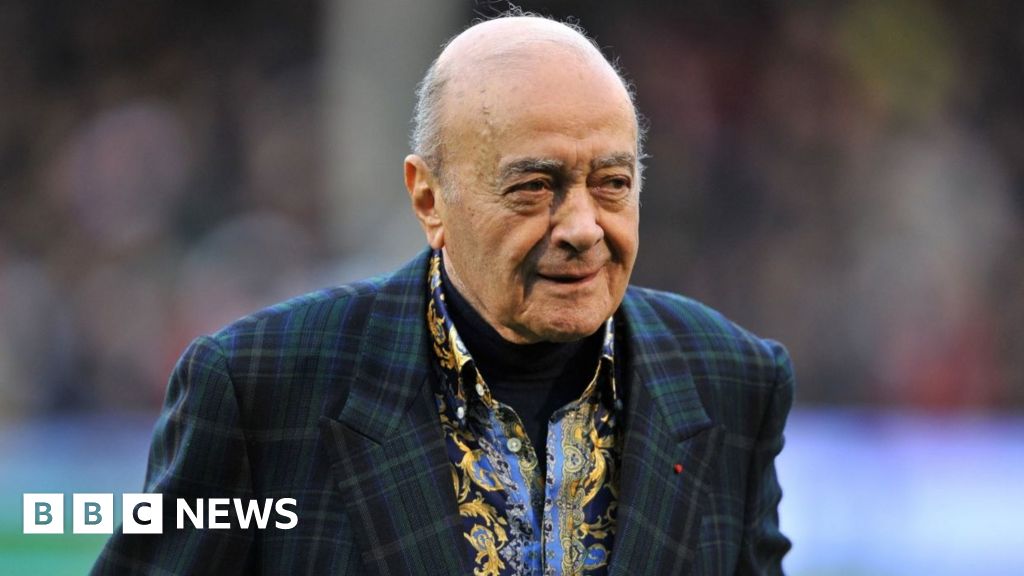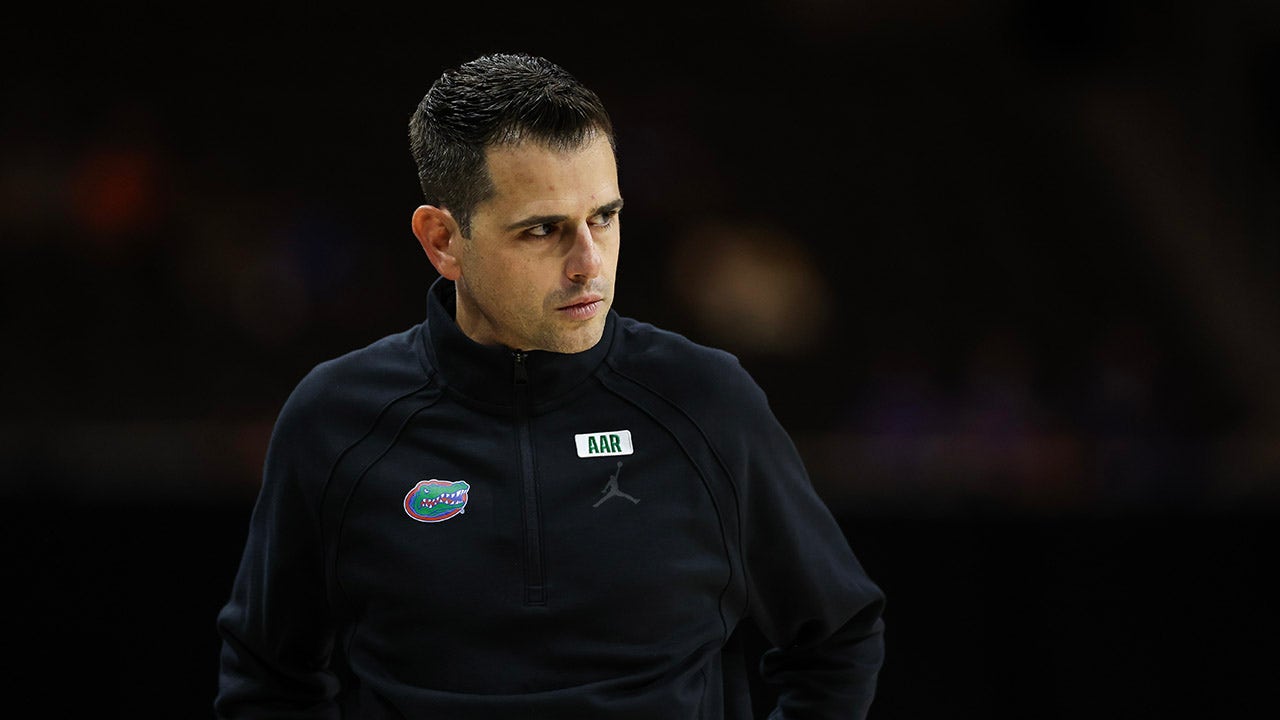Once Godwin is done warming up the actors’ minds, Goddard gets to work on their bodies. An accomplished dancer in the United Kingdom, as well as a choreographer who worked on Netflix’s “Matilda: The Musical,” Goddard guides the cast through an exercise that might seem more at home in an Orangetheory Fitness studio than this Eastern Market rehearsal space.
The ritual starts with the actors forming a circle and gently karate-chopping each other’s backs. “It’s bringing blood to the surface of the skin,” Goddard says before loosening his limbs. “Now, let’s relax and have a little shake.” Later, he guides the cast through a soothing stretch. “Feel how your body loses access with the outside world, becoming internal,” Goddard urges. As the accompanying playlist transitions from soaring strings to driving dance pop, the actors jog around the room, work through some light boxing drills and conclude by syncing up on four claps.
“Beginning the rehearsal process every day with a consideration of the body, it’s been so important to me,” says Page, the Tony-nominated actor known for the Broadway hit “Hadestown” and the Apple TV Plus movie musical “Spirited.” “It’s a much more elemental way of approaching the text, which releases other parts of the mind, the unconscious.”
A decade after their first meeting, Godwin and Goddard reckon they’ve worked together on a dozen productions. Among their collaborations: the 2014 staging of “The Two Gentlemen of Verona” at London’s Royal Shakespeare Company, the 2018 production of “Antony & Cleopatra” at London’s National Theatre with Ralph Fiennes and Sophie Okonedo, and the 2021 filmed version of “Romeo & Juliet” with Jessie Buckley and Josh O’Connor.
When it comes to “King Lear,” which runs through April 8 at the Klein Theatre, both men emphasize that the movement in the production should augment William Shakespeare’s words, not overwhelm them. “The journey is toward transparency,” Godwin explains. But the very act of hiring Goddard to cross the Atlantic and spend more than a month shaping the actors’ physicality speaks to the production’s priorities.
“I’ve spent my life thinking about movement, working on movement,” Goddard says. “Then to see that it’s valued in that way within a production like this, I find it very meaningful.”
The two first worked together in 2012, when Goddard was performing with the Rambert Dance Company and Godwin was employed by the Royal Court Theatre — two London institutions that were collaborating on a gala. As Goddard briefed Godwin, the evening’s curator, about Rambert’s performance at the event, the dancer quickly realized he was dealing with a “kindred spirit.”
It turns out the feeling was mutual. When Godwin directed a production of Eugene O’Neill’s “Strange Interlude” in 2013, he brought on Goddard as movement director. Although Goddard had experience choreographing musicals, working on a sprawling, nine-act psychological drama was an abrupt pivot. “I’d get terrible headaches at the end of the day,” Goddard recalls, “because there was so much talking.” Yet Godwin found Goddard’s insights to be invaluable.
“I was just starting to wake up to the idea of direction not just being a cerebral activity, but a physical one as well,” Godwin says. “For me, it was then very hard to imagine doing a play without Jon. And indeed, that’s pretty much been the case ever since.”
With “Lear,” Shakespeare’s tragedy of power struggle and family strife, Goddard helps shape every scene. The deterioration of Page’s Lear provides an obvious opportunity for Goddard’s expertise. He also coaches actors on responding to various environments, including pounding rain and howling wind. Certain moments — such as one in which Craig Wallace’s blinded Gloucester jumps off what he believes to be a cliff, only to safely tumble to the ground — pose specific movement challenges.
“When I first started looking at the script and talking with Simon, I really felt this thing of people building themselves up and then things breaking down,” Goddard says. “So that’s kind of been my work with the actors: just looking at the military body and then the disintegration of the body, and also just being open to the sensation of what’s happening — if that’s rain on the skin or the touch of somebody else.”
In addition to leaning on his dance background, Goddard takes inspiration from visual references. In guiding Wallace through Gloucester’s leap, he drew from a scene in the 1986 film “The Mission.” Goddard says Renaissance paintings also influence the way he visualizes movement onstage. For the rehearsal space, he curated a collage thematically tethered to the production, including photos of George Patton, Muhammad Ali and Vladimir Putin.
After Goddard’s warm-up at rehearsal, Godwin takes charge of an exercise in which the actors translate their lines into simpler, more conversational language. When it comes time to nail down the blocking of one scene in which Gloucester and his son, Edgar, stumble through a war zone, Goddard animatedly displays the various ways the actors could react to the surrounding shelling. A moment later, Godwin jumps in and throws himself to the floor, pantomiming his own take on Goddard’s suggestion.
“They seem to be almost of one mind, passing the ball back and forth,” Page says. “There seems to be complete trust, ease, respect. It’s really wonderful to watch.”
Shakespeare Theatre Company’s Klein Theatre, 450 Seventh St. NW; 202-547-1122. shakespearetheatre.org.














































